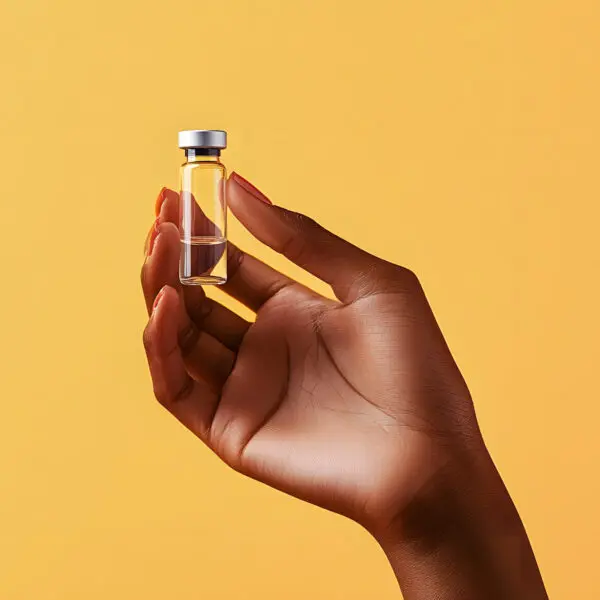For those of us who pay attention to the latest medical trends, the phrase ‘Intermittent Hypoxic Training’ (IHT) has been mentioned at a staggering rate lately. It has been touted as a potential treatment for a number of health issues, from certain chronic diseases to improvement of general well-being to an increase in sports performance. If you’re not familiar with the term, the best way to explain IHT is that you actively put your body in a situation where you have lower than normal oxygen levels for a brief period of time.
Intermittent hypoxia has been the subject of considerable research in recent years because it can trigger a vast array of positive (and negative) effects in multiple physiological systems in the body.
The most common example of people harnessing the positive effects of IHT is athletes who train at high altitude.
For years, many professional and Olympic athletes have used altitude training for a competitive edge. Training under hypoxic conditions, particularly IHT during a workout session, improves hematological and muscle adaptations. This is why IHT is considered so valuable by trainers and athletes in the sports medicine community.
When we talk about IHT in a clinical setting, we’re talking about “low dose” intermittent hypoxia (modest hypoxia, few episodes) which may be a simple, safe, and effective treatment with considerable therapeutic potential for multiple clinical disorders.
The Science Behind IHT
One of the main aspects of IHT is the stimulation of HIF-1, also known as Hypoxia Inducible Factor-1. HIF-1 is an extremely important growth factor. HIFs are transcription factors (factors that directly affect various genes) that respond to decreases in available oxygen (hypoxia) in the cellular environment.
Hypoxia-inducible factors (HIFs) are key molecules that regulate cellular responses to inflammation and hypoxia. These responses are essential for the normal cell function and survival.
In hypoxic conditions, HIF-1 serves as a transcription factor that regulates over 100 genes essential for survival in oxygen-deprived conditions.
At sea-level, HIF-1 is disabled, while with hypoxia there is stimulation of HIF-1, resulting in entering the nucleus of the cell. Once in the nucleus it stimulates the genes responsible for many of the beneficial effects of hypoxia.
There are three forms of HIF: HIF-1, HIF-2 and HIF-3.
HIFs are important for the well being of a variety of different types of tissues. HIF-1 also has an important role in the regeneration and maintenance of essential organ functions that are highly oxygen-dependent such as the brain and the heart.
HIFs are also important in the production of a compound called erythropoietin (EPO), which results in the production of various blood cells, especially red blood cells. Additionally, it will also release numerous stem cells into circulation.
HIF is of prime importance in the production of a growth factor called SDF-1 (also called CXCL 12). In humans, SDF-1 has been implicated in a wide variety of biomedical conditions involving several organ systems. It essentially allows stem cells to be attracted to areas where they are needed.
In adulthood, CXCL12 plays an important role in angiogenesis (blood vessel formation) by recruiting endothelial progenitor cells (EPCs) from the bone marrow.
Ultimately, all of these effects contribute to improved oxygen transport capacity.
This is exciting because hypoxia leads to a state in which oxygen delivery and consumption are simultaneously reduced, whereas in mitochondrial disease, oxygen delivery continues in the face of impaired utilization.
Hence, hypoxia may represent nature’s solution for overcoming mitochondrial disease pathology, both by triggering innate adaptive programs and by simultaneously limiting the oxygen over utilization.
This is why there are so many potential benefits to utilizing IHT, including neurological conditions, increased life span, and more energy, which translates to improved performance.
Here Are 7 Potential Benefits of IHT:
- May help increase energy, endurance and stamina when training for athletic competition
- IHT supports optimum blood flow to the heart, muscles and brain for optimal performance
- Nervous tissue growth and development may be increased and encouraged
- Works as a cell protector, potentially preventing the degeneration of tissues and organs
- May lower blood pressure when utilized on a regular basis
- The biological effects of IHT may stimulate cell regeneration, repair and reproduction over time
- Obstructed coronary heart arteries may see blood flow restored
The best news is that these results can be achieved under our expert supervision and with our high-tech equipment, along with simple breathing techniques we can teach you. And we can monitor the results and oxygen levels with a simple pulse oximeter.
IHT is another game changing weapon in our anti-aging, healthspan-increasing arsenal!
– Dr. P














